
Medusafishes are a family, Centrolophidae, of scombriform ray-finned fishes. The family includes about 31 species. They are found in temperate and tropical waters throughout the world.
The squaretails are a genus, Tetragonurus, of scombriform ray-finned fishes, the only genus in the family Tetragonuridae.
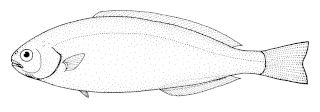
The southern driftfish or ragfish, Icichthys australis, is a medusafish of the genus Icichthys found around the world in all southern oceans between latitudes 50° S and 60° S, from the surface down to 2,000 m. Its length is from 35 to 80 cm.

Cephalopsetta ventrocellatus is a species of large-tooth flounder native to the Indian Ocean, from the Gulf of Oman in the west to the Andaman Sea in the east. Little else is known about this species. It is the only known member of its genus.

Pleuronectes is a genus of righteye flounders found in the northern oceans.

Liopsetta is a genus of righteye flounders native to the northern oceans.
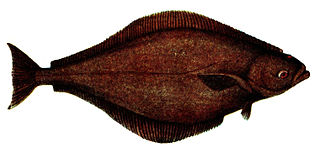
Hippoglossus is a genus of very large righteye flounders. It comprises two species of halibut, with one species native to the northern Atlantic Ocean and the other species native to the northern Pacific Ocean.

Atheresthes is a genus of righteye flounders native to the northern Pacific Ocean where both species are important commercially.

Eopsetta is a genus of righteye flounders native to the northern Pacific Ocean.
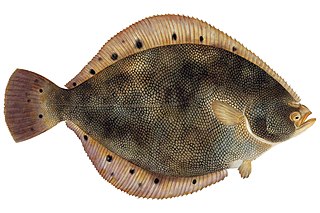
Verasper is a genus of righteye flounders native to the north-western Pacific Ocean.
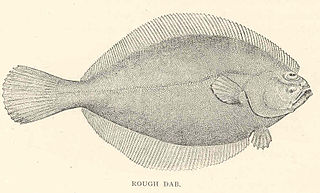
Hippoglossoides is a genus of righteye flounders native to the North Pacific and North Atlantic oceans.
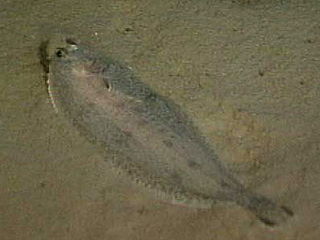
Glyptocephalus is a genus of righteye flounders found in the northern Atlantic and northern Pacific Oceans
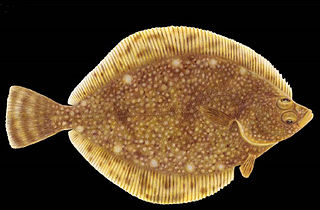
Lepidopsetta is a genus of righteye flounders native to the North Pacific Ocean.

Pseudopleuronectes is a genus of righteye flounders mostly native to the northwestern Pacific Ocean with one species found in the northwestern Atlantic Ocean.

Lepidorhombus is a genus of turbots native to the northeastern Atlantic Ocean.

Dicologlossa is a genus of soles native to the tropical and subtropical eastern Atlantic Ocean.

Pegusa is a genus of soles native to the Eastern Atlantic Ocean, Mediterranean Sea, and Black Sea.
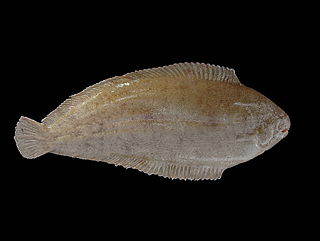
Solea is a genus of soles from the Indo-Pacific and East Atlantic Oceans, and the Mediterranean Sea.
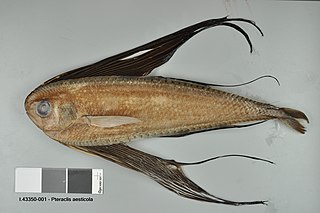
Pteraclis is a genus of ray-finned fish in the family Bramidae, the pomfrets. They are known commonly as fanfishes. The three species are distributed throughout the oceans of the world.
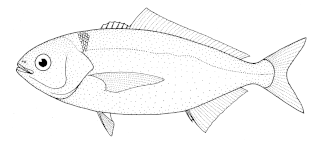
Seriolella is a genus of medusafishes native to the southwestern Pacific Ocean and the eastern Indian Ocean.



















